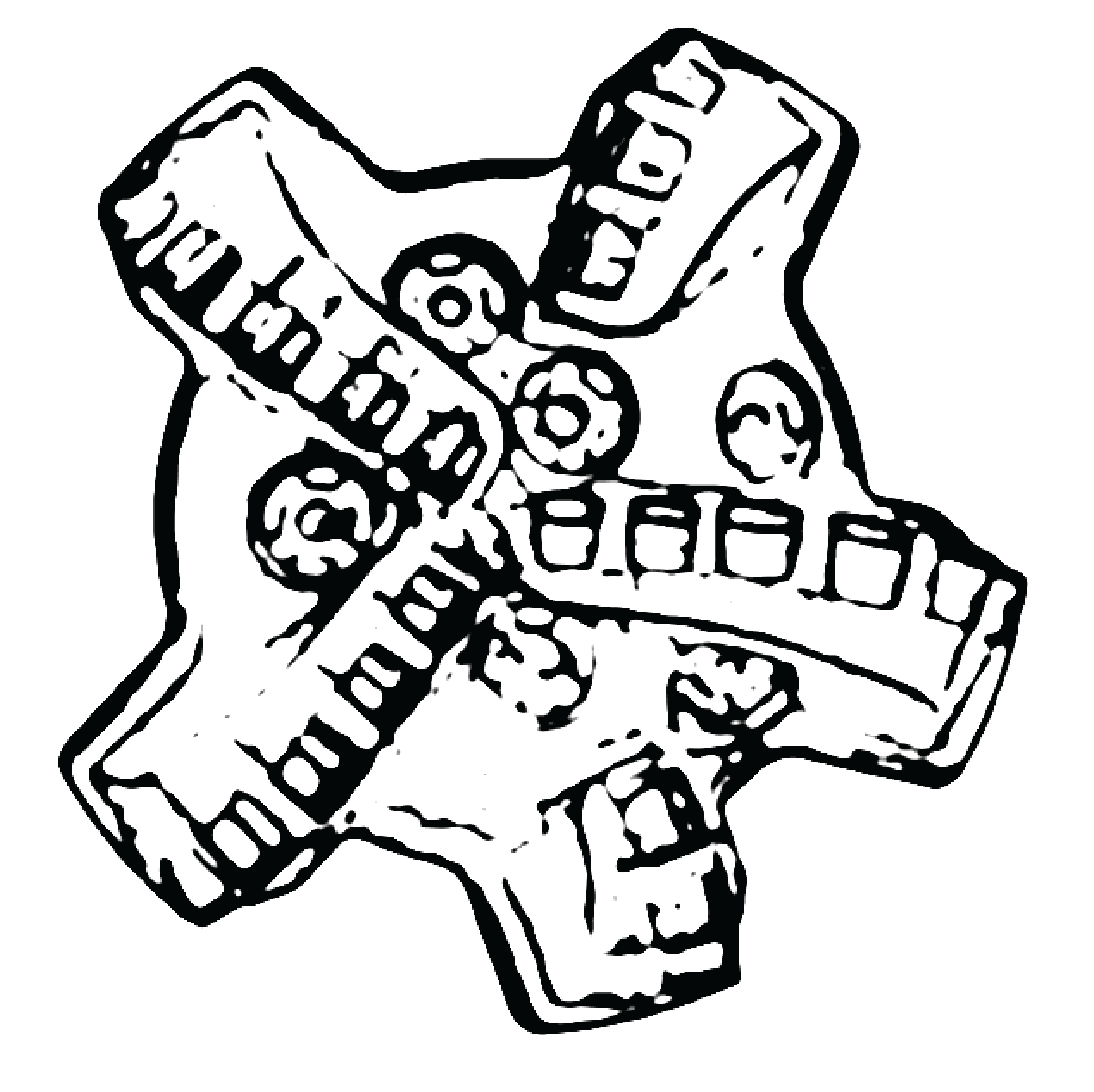Case Studies and Data
Guidelines for Case Studies
The types of data needed will be driven by the nature and events of interest and the type of model being created. The data should be complete enough to estimate model parameters and be useful to validate the output against actual events. Decide if the data needs to be anonymized and obtain approval for the release of information.
Data sets should be broken into Case Studies and labeled according to the events of interest. A typical case should include a description of the events and any instructional information needed to model the event in the metadata file. (Typical dynamic events could be; stick-slip, whirl, back off events, directional drilling, stuck casing, etc.)
Focus on collecting high-resolution data before and after key events rather than a complete data dump of an entire well in one file. The typical data should include:
- Meta Data
- Title/Event Name
- Summary Description of the Event
- Summary of the information collected
- Contact Information of Submitter
- Well Information / Rig Information
- Well Directional Data
- Formation Data (tops, UCS, etc, if available and relevant)
- Casing Information
- Hole Size
- Drill String Sizes and Weights
- Mud Type and Weight
- BHA details – bits, tools, stabilization, motor information (Model, SN, bend, rev/gal, etc)
- Torque and Drag measurements
- Daily Drilling Reports
- All EDR surface data, measured and calculated (for dynamics work, measured at 1 sample/second +)
- Run reports, IADC Codes, forensic photos
- Downhole burst data – Vibration, RPM, Weight, Torque, Bending, with meta data on sensor location, bandwidth, and sampling rates etc.
- Rig Information, Control system – auto driller, top drive, and pump controller
- Block weight
The preferred formats are a Word document or text Read Me file for the Metadata. CSV or LAS files for formation, directional, and other digital data. Photos should be in jpeg format. PDF files are not preferred but should be included if that is the only format available for any given set of data.
